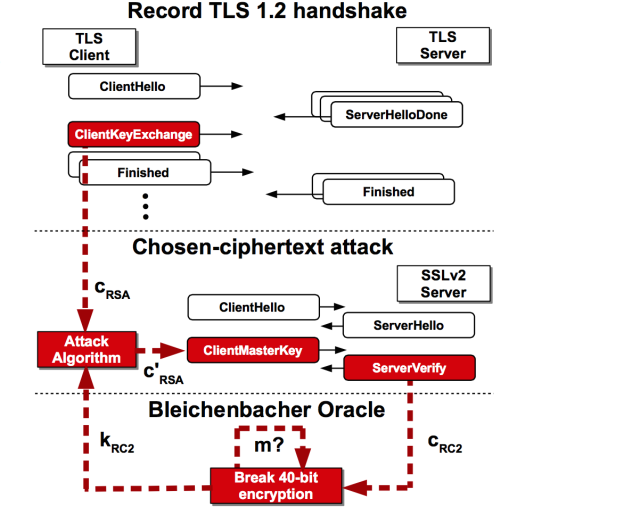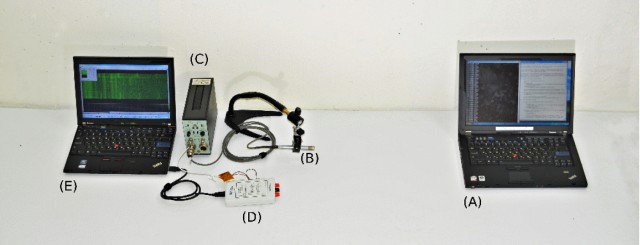Euro agencies on encryption backdoors: Create ‘decryption without weakening’
The two major international security agencies in Europe agree that building backdoors into encryption platforms is not the best way to secure systems because of the collateral damage it would do to privacy and the security of communications.
“While this would give investigators lawful access in the event of serious crimes or terrorist threats, it would also increase the attack surface for malicious abuse, which, consequently, would have much wider implications for society,” says a joint statement by European Police Office (Europol) and European Network and Information Security Agency (ENISA), which focuses on cyber security.
To read this article in full or to leave a comment, please click here






